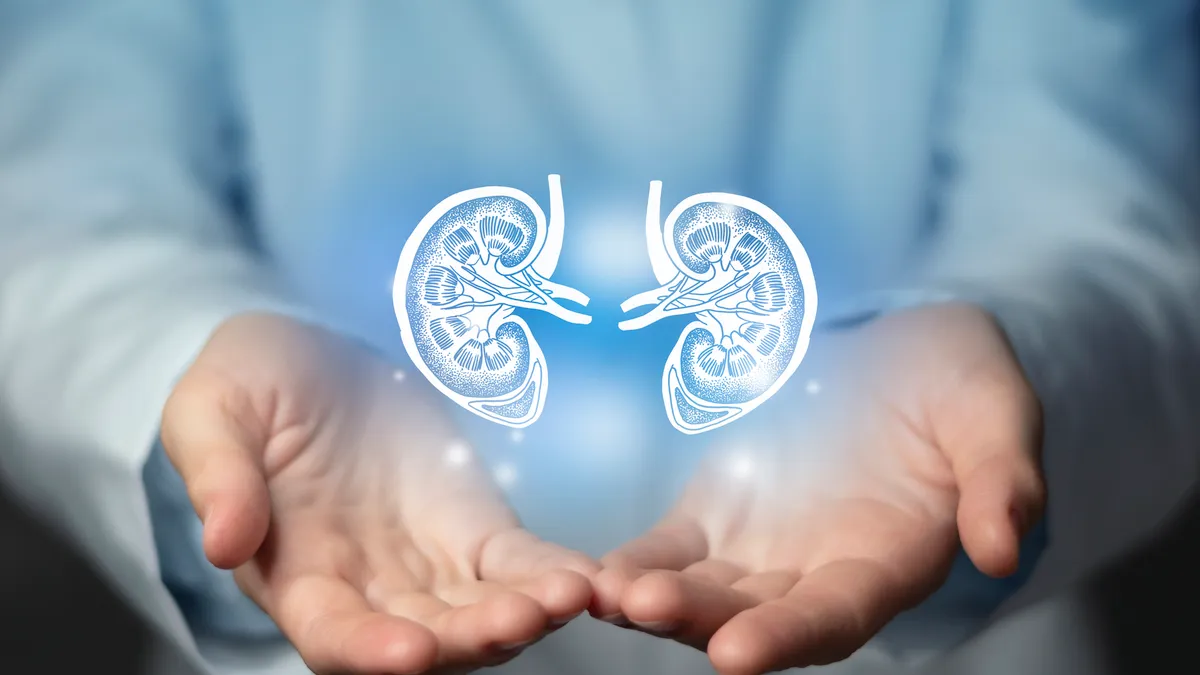Dive Brief:
- An algorithm could help pathologists avoid 40% of misdiagnoses of organ transplant rejection and improve patient risk stratification, according to a paper published in Nature Medicine.
- The decision-support system automatically diagnoses the status of kidney transplants based on the criteria physicians use to determine if a patient is rejecting an organ. Applied to two clinical trials, the algorithm reclassified rejection diagnoses made by pathologists.
- Diagnostic errors corrected by the algorithm were associated with an improved risk stratification, leading experts not involved in the research to predict “the system could have important clinical implications for the management and treatment of kidney transplant recipients.”
Dive Insight:
Physicians use the international Banff classification to diagnose the rejection of kidney transplants. The system, which is used to analyze biopsies of the transplanted kidneys, has become more complex over its three decades of use as scientists have integrated new insights. As the Banff system has become more complex, studies have revealed variability in its application and misclassifications.
The misclassifications can have negative effects on patients if, for example, they lead physicians to fail to modify the treatment regimen to prevent organ failure or to unnecessarily prescribe medicines that have harmful side effects. The algorithm is an attempt to prevent those negative outcomes.
To create the automated system, researchers encoded the Banff rules into an algorithm and embedded the algorithm in an open-access online application. A global team worked on the project and studied the algorithm in two prospective clinical trials.
In adults, the algorithm reclassified 83 of the 279 antibody-mediated rejection cases and 57 of the 105 T cell-mediated rejection cases. The reclassification rates were 29.75% for antibody cases and 54.29% for T cell cases. The two types of organ rejection are treated differently. Similar rates of reclassification, 30.77% for both antibody and T cell-mediated rejection, were seen in a smaller pediatric study.
“Importantly, the diagnostic errors corrected by the Banff Automation System were associated with an improved risk stratification of long-term allograft outcomes. Therefore, the system could have important clinical implications for the management and treatment of kidney transplant recipients,” researchers wrote in an accompanying editorial.
The authors of the editorial and the original paper both note that the system is not intended to replace expert pathologists. Rather, the algorithm is designed to help pathologists make more accurate, efficient diagnoses and fewer errors. Misclassifications corrected by the algorithms related to misinterpretation of the classification, misapplication of the criteria and the use of outdated versions of the Banff system.













